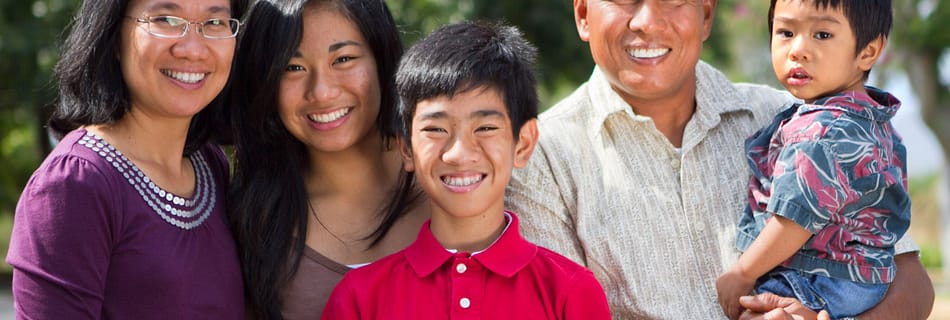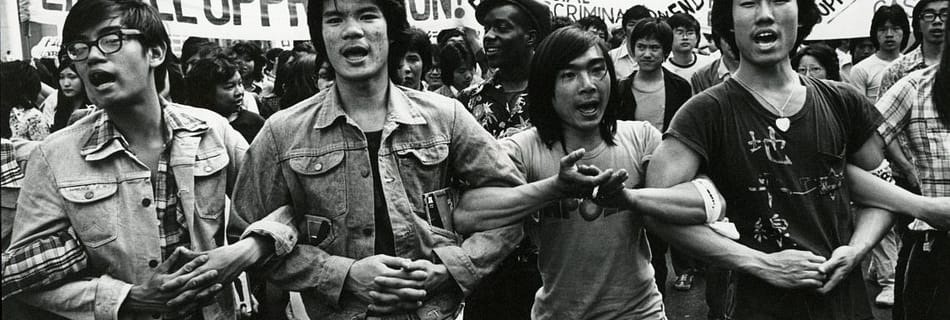Name Your Way to Success: How the Perfect Brand Name Can Propel Your Business
Your brand name is often the first impression people form of your business and a chance for it to stand out amongst competitors, so choosing an effective name should be top of mind for business owners and managers alike. Words Have Power Your brand name selection must reflect positive, memorable words that reflect on and relate directly to the essence of your business. Use keywords relevant to your business that will enable people to easily find it when searching online, for instance, if it’s a streaming service like “Netflix” or “Hulu”. Keep your brand name short and easy for people to remember; long or complicated names could become difficult to pronounce or spell correctly, potentially alienating prospects who could buy your products/services. Avoid including numbers or symbols in your brand name, as this makes it harder for customers to remember and type accurately while looking unprofessional. Ensure your domain name and social media handles are available so people can quickly locate you online. The Psychology of Brand Naming The psychology behind brand naming can be complex, yet some general principles can guide your choices for selecting names for products or businesses. When picking names that elicit positive emotions, easy pronunciation/spelling capabilities are crucial when choosing names for brand identity. People must easily recall your brand name to ensure customers return again and again for business. This will increase sales as people remember your business more efficiently and return for more. Your brand name must reflect your business and target audience, helping people understand why it matters to them and why they should care. In addition, its meaning or association should foster positive associations for consumers when thinking of your company and help create favorable associations when people hear or think of your name. The Story behind the Brand Name Your brand narrative can effectively connect with customers and showcase why your company stands apart from competitors. It helps them understand why you make an excellent business partner or should choose you over competing businesses. By finding the best domain name, your brand story can effectively connect with customers and showcase why your company stands apart from competitors. Storytelling should be relevant to your business and its target audience, creating an emotional bond with them and increasing brand recognition through word of mouth. A memorable narrative will ensure maximum word-of-mouth spread for maximum brand reach and exposure. Your story should motivate and inspire customers to feel good about you and what your business stands for. How Technology can Assist Technology There are several tools and resources that can assist in selecting a brand name for your business, from name generators online to hiring professional brand name consultants. Online brand name generators can provide an easy way to start, creating hundreds of potential names within seconds. Professional branding consultants also possess years of expertise in brand naming services and can assist in selecting an ideal name for your company or venture. The Brand Name Community There are various online communities dedicated to brand naming where you can connect with fellow brand names to support brand name ideas. Such communities can be invaluable when gathering feedback on potential names for products or businesses. Community resources offer invaluable advice and insights into brand naming trends. Staying up-to-date with what’s currently going on can also provide helpful assistance when planning brand names for businesses or products. The Future of Brand Naming Technology is changing how we think of brand naming; artificial intelligence can generate unique brand name ideas. Artificial Intelligence can assist with creating creative and innovative brand name ideas while saving time and money. Conclusion Your brand name is essential in differentiating you from the competition and engaging with target customers. Following the advice in this article, you can select an ideal name for your general entertainment and media business. Here are a few additional guidelines for selecting an excellent brand name for your general entertainment and media business: Choose a name that stands out from the competition; something unique and memorable should make an impactful first impression with customers and prospects. Furthermore, make sure the name relates well with your target market so people understand who and what your business stands for. Choose a positive and aspirational name – people should feel inspired when hearing what your business stands for! An easy name to pronounce and spell will ensure people remember your brand name easily. Mark Smith is passionate about storytelling and word crafting. Mark brings a special blend of creativity and strategic thought to his role. Devoted to exploring branding-storytelling relationships online for businesses of all kinds, his innovative ideas and ability to bring brands alive make Mark an invaluable addition to brands globally.



